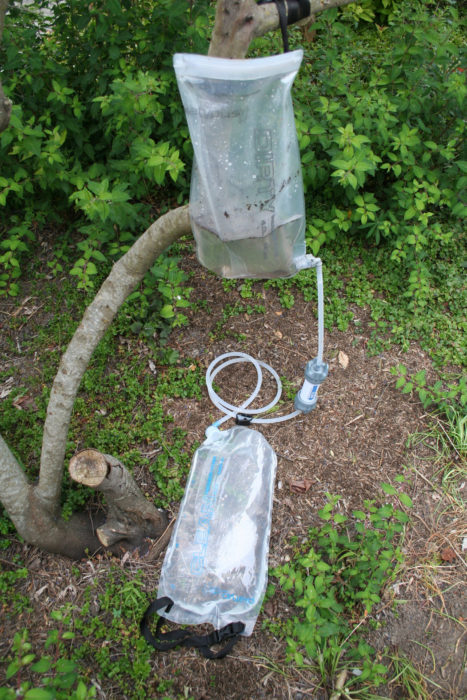 SBM
SBMThe GravityWorks filter is designed to remove protozoa, bacteria, and particulates—the common contaminants encountered in American and Canadian backcountry. It is not intended to remove chemicals, toxins and viruses that are more commonly found in urban and agricultural areas and developing countries.
My wife and I spend summers at our Georgian Bay island cabin. Like many lakes in North America, the bay, a part of Lake Huron, is safe for swimming but its water is not drinkable. For years we brought tap water from home or the marina. When we went cruising, drinkable water was a large part of our provisioning.
We looked into purifying our water. Boiling it is a possibility but takes time, consumes fuel, and doesn’t filter out particulates. We tried chemical treatments, but the taste and the long-term health implications put us off. Hand-pumping water through filters seemed like a lot of work. Then we discovered gravity systems. There are a wide variety of these available, and we decided to get a compact system that we could use at the cabin and for boating or canoeing trips.
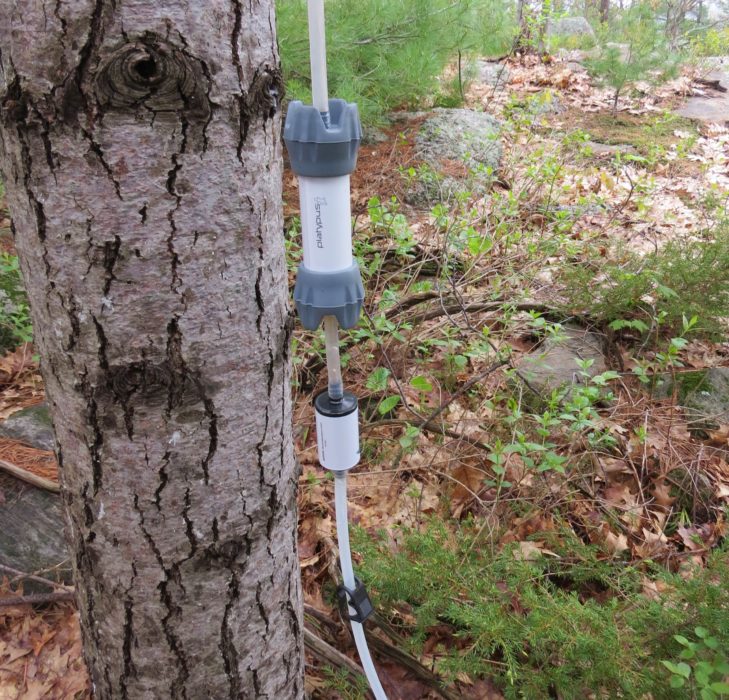 George Hume
George HumeThe water from the DIRTY bag flows through the filter, the optional Carbon Element (to remove compounds that affect the taste of the water), and past a pinch valve.
Platypus’s GravityWorks 4-liter water filter system consists of two 4-liter BPA-free plastic bags joined by a clear plastic hose with an in-line filter. The filter is a hollow-fiber membrane that is, according to the manufacturer, “effective down to 0.2 microns and meets EPA Guide Standards for the removal of bacteria and protozoa.” One bag is clearly marked DIRTY and the other CLEAN so they cannot be inadvertently mixed up. We added an optional charcoal filter as recommended to improve the taste of the filtered water. The water tastes quite pure without any trace of chemicals or impurities. Since we didn’t try the system without it, we can’t say whether it was necessary for our water. The rainwater we’ve collected from our cabin roof has a higher E. coli and pathogen count than raw lake water, but the test results of our GravityWorks samples have always shown perfect drinking water no matter what source the water came from.
We fill the DIRTY bag with water from the lake or the cabin rain-barrels, hang it on a stub of a tree branch, and connect the hose to the valve at the bottom of the bag. That starts the flow, and a few minutes later we pick up the filled CLEAN bag, close its valve, disconnect the hose from the filter, and drain the clean water into our drinking-water pot. On a boat, just hang up the CLEAN bag on its strap and use it as the reservoir. We don’t completely empty the CLEAN bag but reconnect it to the system and then lift it above the DIRTY bag to backwash the filter.
Although the manufacturer claims GravityWorks will filter 4 liters in 2.5 minutes, we find it takes closer to 5 minutes, so we go on about our day and empty it when we next think about it. We refill the DIRTY bag and start the process over again. Filling an 18-liter pot does the two of us for about three days. We use the GravityWorks every morning when we have guests, but we have found no reason to go to a larger system.
The caveats are few. The filter cannot be drained completely once it is in use—it must be kept wet between uses and cannot be allowed to freeze. The filter has to be replaced after about 375 uses (1,500 liters/400 gallons) or more frequently if the source water is clouded with suspended solids in it. The filter is fragile, so do not drop it. If you do, have a spare on hand until you can have the water from the original filter tested. The replacement filter costs about $54.95. If you’re venturing into the wilderness, try out the filter before you go and carry a spare.
The GravityWorks is a boon to small-boat cruisers. It comes in a box 6″×11″×2.5″ so takes up very little space when empty, weighs less than a pound empty, and is ready to use anywhere fresh water is available (it is not a desalination device, so it cannot be used with seawater). We are very happy with the system and would recommend it to anyone wanting safe drinking water with minimum effort.![]()
George Hume is a retired architect living in Toronto and summering on two of the 30,000 islands in Georgian Bay (one to call home and one to look at). He is a member of the Antique and Classic Boat Society, the Shallow Water Sailors and a Life Member of the Canadian Power and Sail Squadrons. He paddles a canvas-covered cedar canoe and is restoring a Mirror dinghy that he built in the ‘70s.
The GravityWorks 4.0L Filter System sells for $119.95 is available online, from outdoor retailers and direct from Cascade Designs.
Is there a product that might be useful for boatbuilding, cruising or shore-side camping that you’d like us to review? Please email your suggestions.
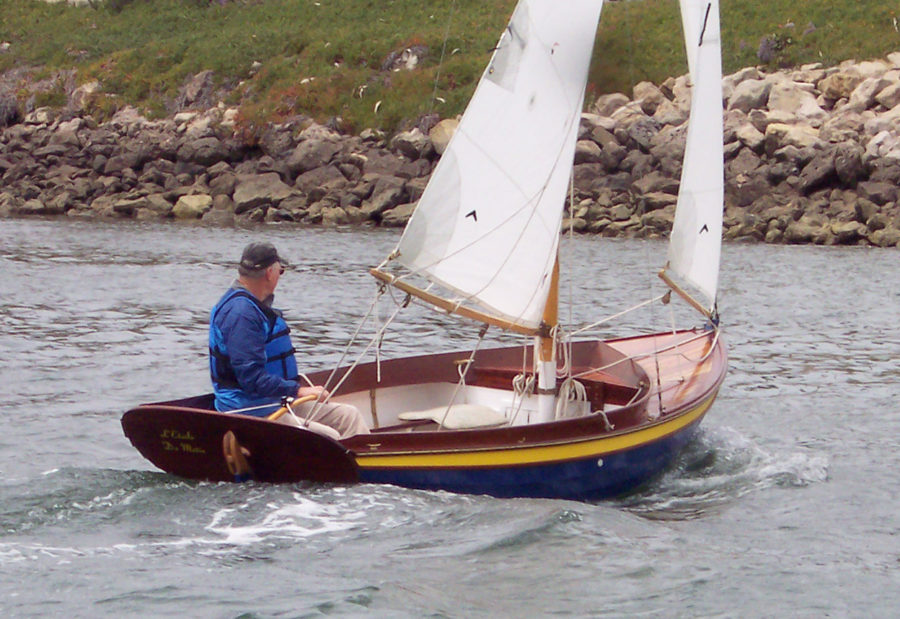
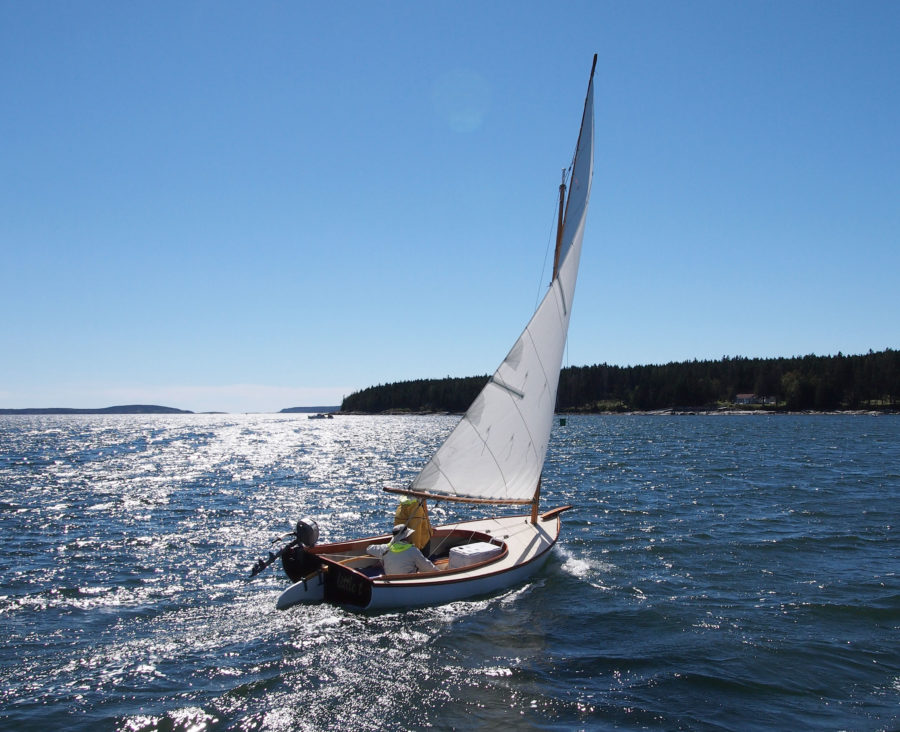

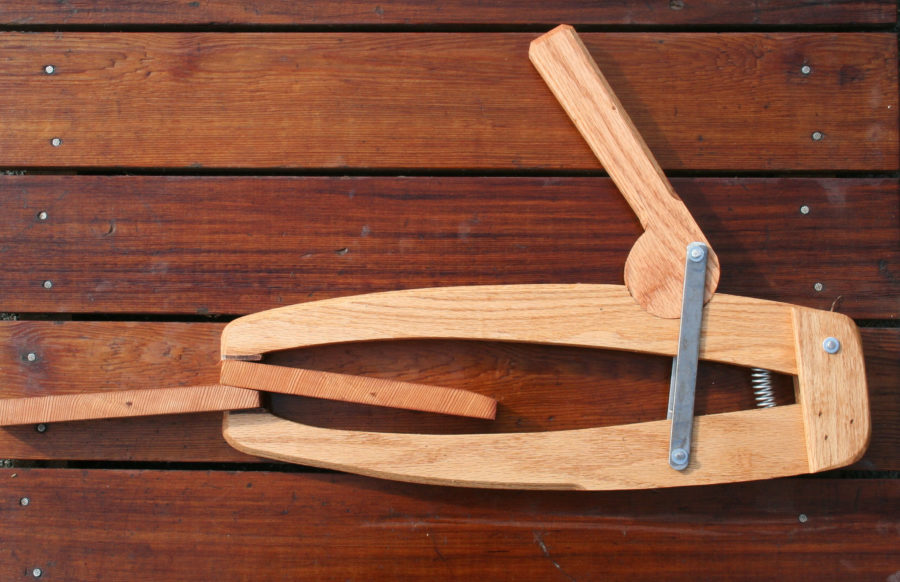
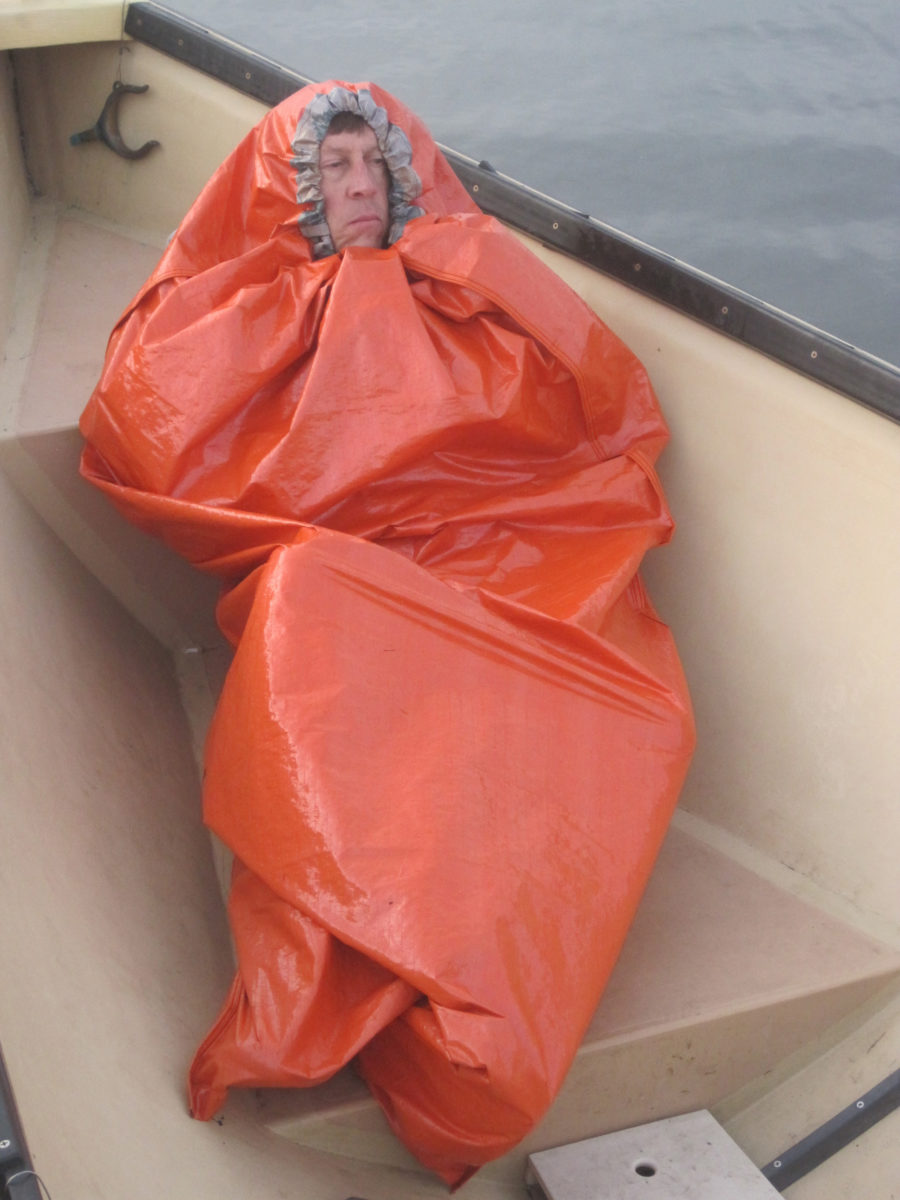
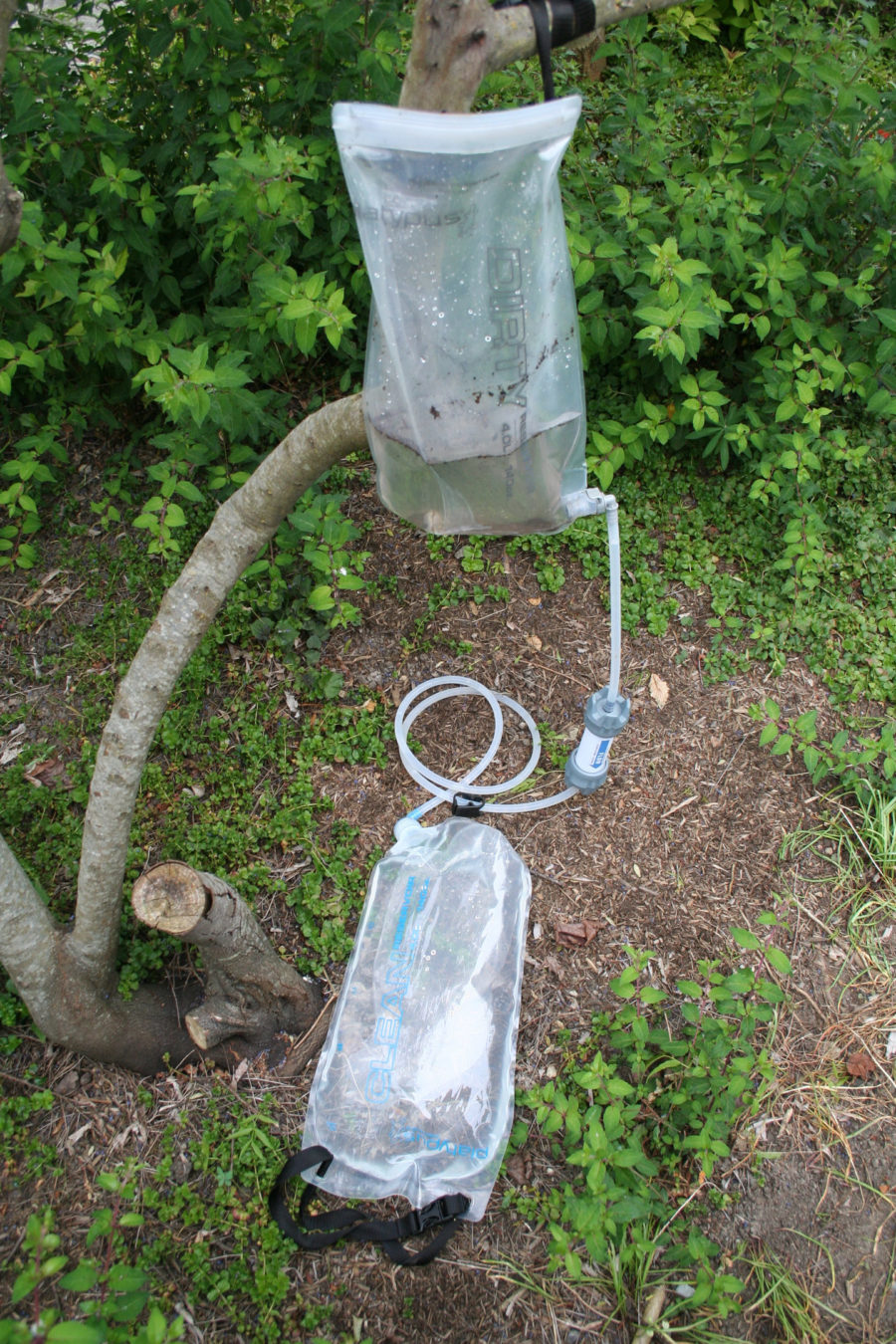
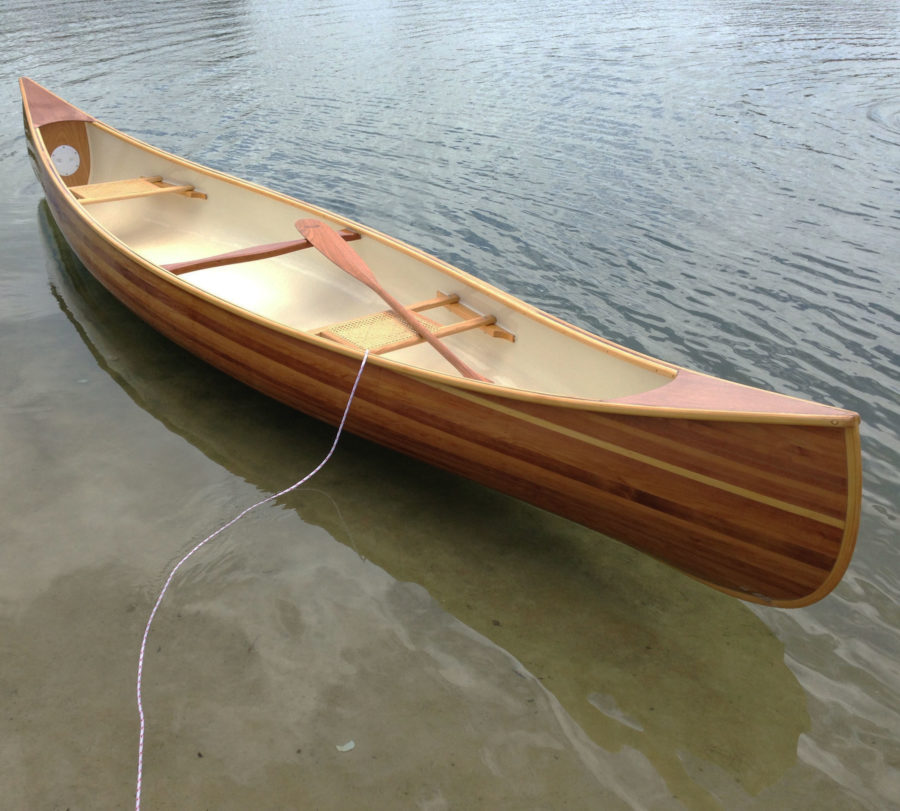
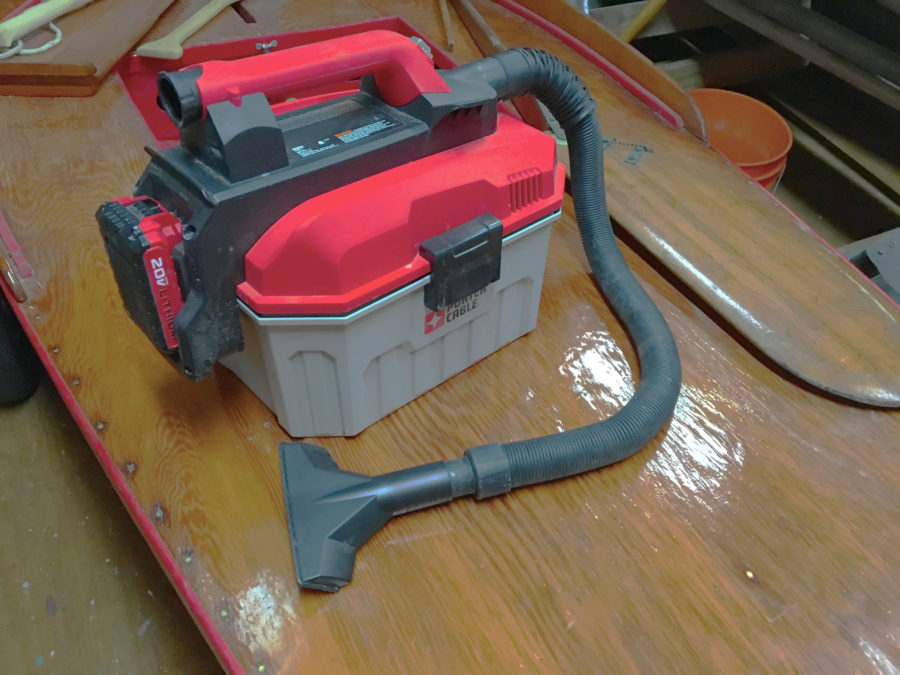
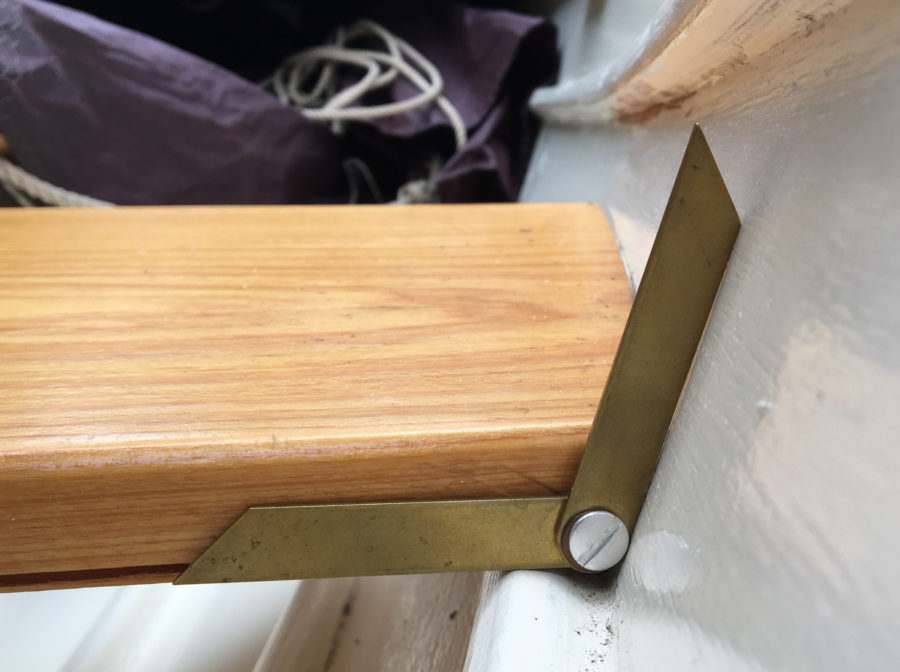
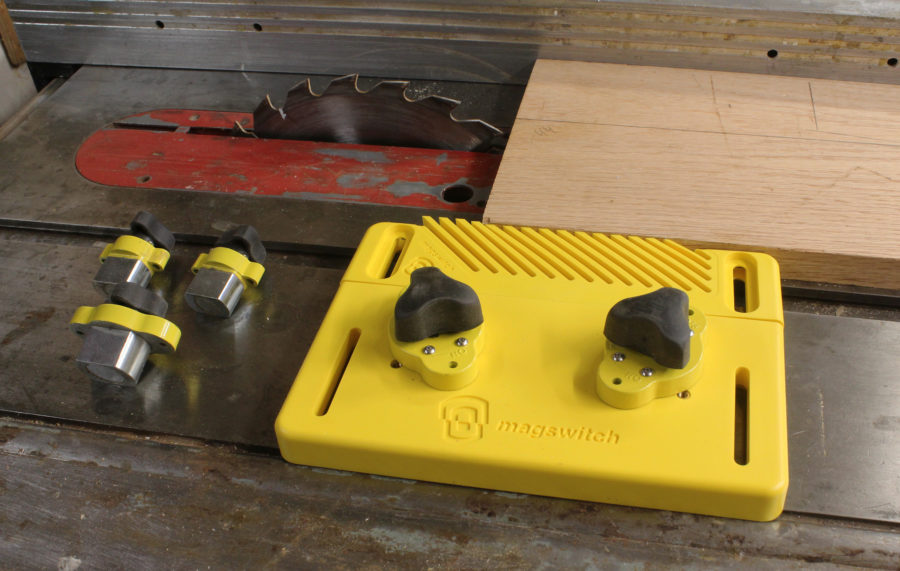
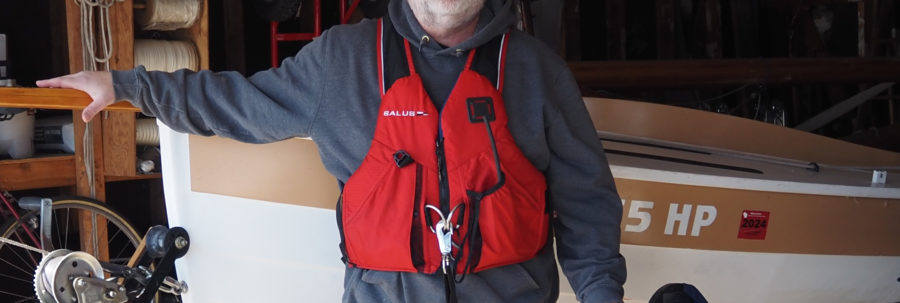
I am a long-time sailor and backpacker. Backpacking gear is excellent for small-boat sailing and cruising. The best (most dependable, most robust) water-filter system I know of is the MSR Waterworks. It is a hand-pumped device with a large ceramic filter. It comes with a scraper for cleaning the filter, which I have used two or three times in the 18 years I have been using the device. I took students backpacking into wilderness areas, they used my filter and it was not broken, though they did break a couple of other manufacturer’s products. The device fits on Nalgene water bottles. It is compact, efficient and almost indestructible. Check it out on the REI website. I keep one in my 17′ faering.